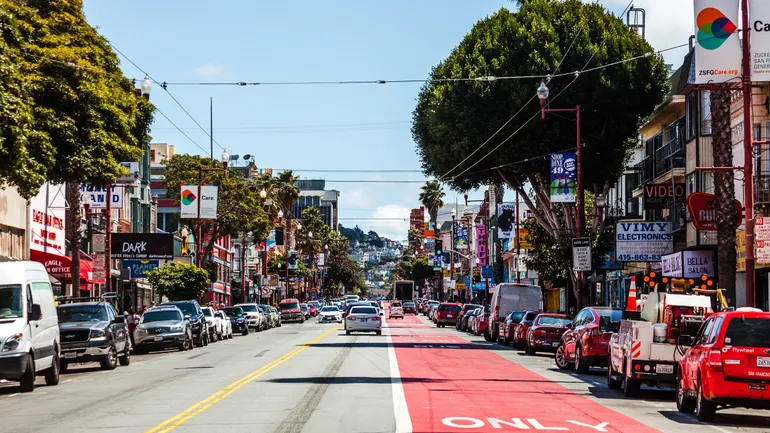Key Takeaways
- Speeding has decreased by an average of 72% at 15 monitored locations in San Francisco after six months of using speed safety cameras.
- Average speeds have fallen by 4 mph, with drivers now abiding by posted limits at all monitored sites.
- Revenues from the program will support street safety initiatives, including road improvements and traffic calming measures.
Speed Safety Camera Success in San Francisco
San Francisco’s pilot program deploying speed safety cameras has shown impressive results six months after its launch. The San Francisco Municipal Transportation Agency reported a significant 72% reduction in speeding at 15 sites where before-and-after data was collected. Previously, average speeds at 12 of these locations exceeded posted limits, but now all 15 sites report drivers operating under speed limits, with an overall speed drop of 4 mph.
Initiated on March 20, the program features cameras installed at 33 locations targeting areas with the highest rates of severe injuries and fatal collisions within the city. San Francisco is notably the first California city to employ automated speed enforcement, authorized under a 2023 law allowing six California entities to conduct such pilot programs.
During the first 60 days, drivers exceeding the speed limit by more than 11 mph received warnings; citations began being issued after that period. San Francisco Mayor Daniel Lurie emphasized the effectiveness of speed cameras, stating, “Speed cameras are proven to help keep people safe on the streets, and we are already seeing positive results. As our kids go back to school and more people return to the office, we are using this technology to make our streets safer for our kids, our seniors, and our entire community.”
Camera installations are predominantly located in the Mission and South of Market districts. Each camera captures still photos, which are subsequently reviewed by SFMTA staff, ensuring no facial recognition technology is part of the process.
The system has resulted in substantial interactions with drivers, issuing 260,142 warnings in its first six months and confirming 16,555 citations during August, marking the first month of ticketing following the warning period. The revenue generated from this initiative will fund the maintenance of the camera network and support various street safety projects designed to enhance community safety.
As the pilot program continues to evolve, San Francisco aims to harness technology to reduce traffic incidents and foster safer urban environments. The promising early data highlights a positive trajectory towards achieving these critical goals.
The content above is a summary. For more details, see the source article.















